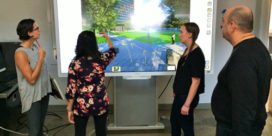3 ways technology has evolved the lecture
Interactive flat panel displays (IFPDs) have become increasingly common in educational environments, thanks in part to the technology’s flexibility and ongoing evolution. IFPDs let us easily share information…

